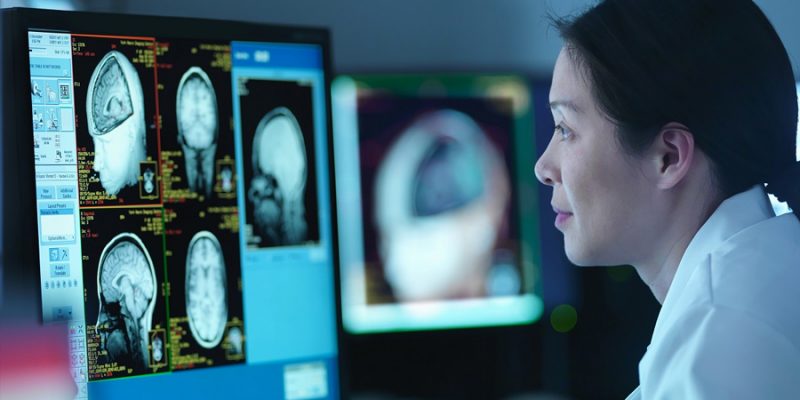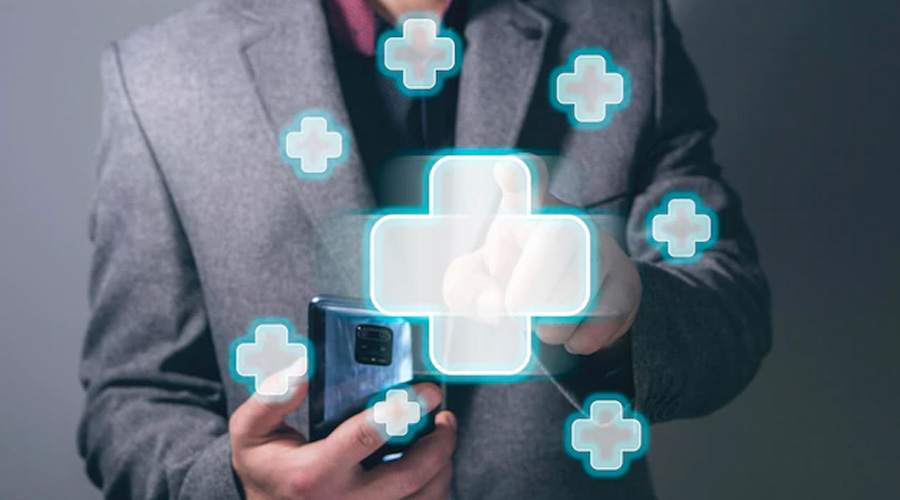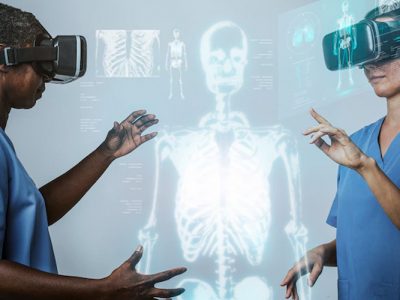
Ever since Covid-19 came into existence; healthtech tools are being rapidly used by medical professionals and common people.
Healthtech refers to the use of IT tools and software designed to provide virtual health-related assistance to common people. Healthtech tools are being integrated into every sphere of the health care industry for proving new insights into treatments and medicines. The use of healthtech tools has become very significant to the healthcare sector especially when the world is fighting with Covid 19. Healthtech tools are nothing but the virtual assistance provided to the common people for deriving its benefits during difficult times. While the entire world is moving towards digitalization, the health care industry is not behind. It is only due to the outbreak of Covid19 that common people realized the efficacy and importance of healthtech services. The change in medical facilities has resulted in the easy availability of healthtech to the world. The pandemic has enabled more virtual healthcare and interaction facilities with professionals by adapting the latest healthtech tools.
Let us talk about the top 10 healthtech tools used in 2021:
Artificial Intelligence
AI in healthcare is widely used to detect various diseases like cancer, aids, brain disorder, kidney problems, chronic heart diseases, etc with the help of IT tools and software. AI like MRI, ECG, MEG, CT scan, ultrasonography, x-rays, laser treatment, etc are used to detect, monitor, and examine diseases and the well-being of the body. Some of the most popular examples are GNS healthcare, IBM Watson which provides 99% accuracy in the diagnosis of cancer, and Google’s ‘DeepMind’ which has inbuilt artificial intelligence and mobile apps for virtual healthcare facilities to the patients. AI has also enabled advanced surgery assistance, medical diagnosis, and better workflow in the health care industry.
Telemedicine
Telemedicine is another famous healthtech tool that is used widely. The use of telemedicine has extensively increased during the Covid 19 pandemic. It is providing a positive contribution to healthcare through phone calls, email, mobile apps, and even video conferences with health care professionals. The telemedicine industry has lowered down healthcare costs, increase efficacy, and providing patients with better access to health care services. ‘Ceiba’ and ‘Viveo health’ are some of the widely used telemedicine platforms.
Internet of medical things
IoMT is the collection of medical devices, equipment and infrastructure enable applications that connect to healthcare IT systems through online computer networks. This allows the machine to machine communicate through the internet. Examples of IoMT include monitoring of patients with chronic diseases, tracking medication records, location of the hospital’s patient admitted at and patient’s mobile which can send information to caregivers.
3D Bioprinting
3D bioprinting is used for generating living tissues and cells to examine the molecular basis of the disease. It creates a 3D object by creating layers of raw materials such as metals, plastics, and ceramics. It mostly includes printing lightweight prosthetics, bionics, and casts to repair fractures. This has become highly effective for detecting diseases such as cancer and tumor. ‘Exiom’ and ‘Graft 3D’ are some 3D scanning and printing technology used before operations.
Nanomedicines
Nanomedicines are a branch of medicines that use the application of nanotechnology i.e., manufacture of devices and equipment that are 1 to 100 nanometres for the prevention of diseases and used for imaging, diagnosis, monitoring, treatment, and regeneration of biological systems. These help in drug delivery throughout the body. Nowadays even nanorobots are available for drug delivery and monitoring after injecting it into the patient’s body.
Cloud computing
Cloud computing in healthcare is highly used for storing huge data and processing power of data analytics at a lower cost for the health care industry. It helps in keeping large documents such as medical records, medical histories of patients, laboratory results, and diagnosis reports. It ensures proper security, data backup and recovery, data interoperability, and greater storage management capabilities.
Blockchain
Blockchain technology is widely used in the healthcare industry for digital record-keeping by making digital medical reports more safe and secure. Blockchain technology includes electronic record keeping, secure transfer of medical records, patient monitoring, pharmaceutical supply chain, health insurance claims, and helping healthcare researchers find genetics codes. It also helps in managing the fast health interoperability records as well as storing, sharing, and retrieving remotely collected records.
Genomics
Genomics is an emerging medical field using genetic information of patients for effective diagnosis and personalized treatment by selecting the right medicines and therapies designed according to the patient’s problem. Genomics has shown a huge improvement in the field of oncology, pharmacology, undiagnosed and infectious diseases. To enable genetic diagnosis of diseases more effectively and cost-effectively.
Mobile health
Mobile health technologies are the usage of mobile communication devices such as phones, computers, smartwatches, and other wireless technologies for health-related services, information, and data collection. Mobile health is also used for disease surveillance, treatment support, tracking medical records, and chronic disease management. A most common use of mHealth is educating people about preventive healthcare services.
Big data and analytics
Big data and analytics help in providing an in-depth analysis of heterogeneous complex medical data. It analyses everything from medical data collection, diagnostic techniques, treatment plans, surgical workflows, patient monitoring, and consulting. It improves patient-based services, detects disease earlier, and provides customized treatment plans to patients. It also provides comprehensive analysis helps in eliminating errors and develops quality tools while preserving patients’ privacy, monitors the quality of medical and healthcare institutions, and enables proper treatment methods.



















